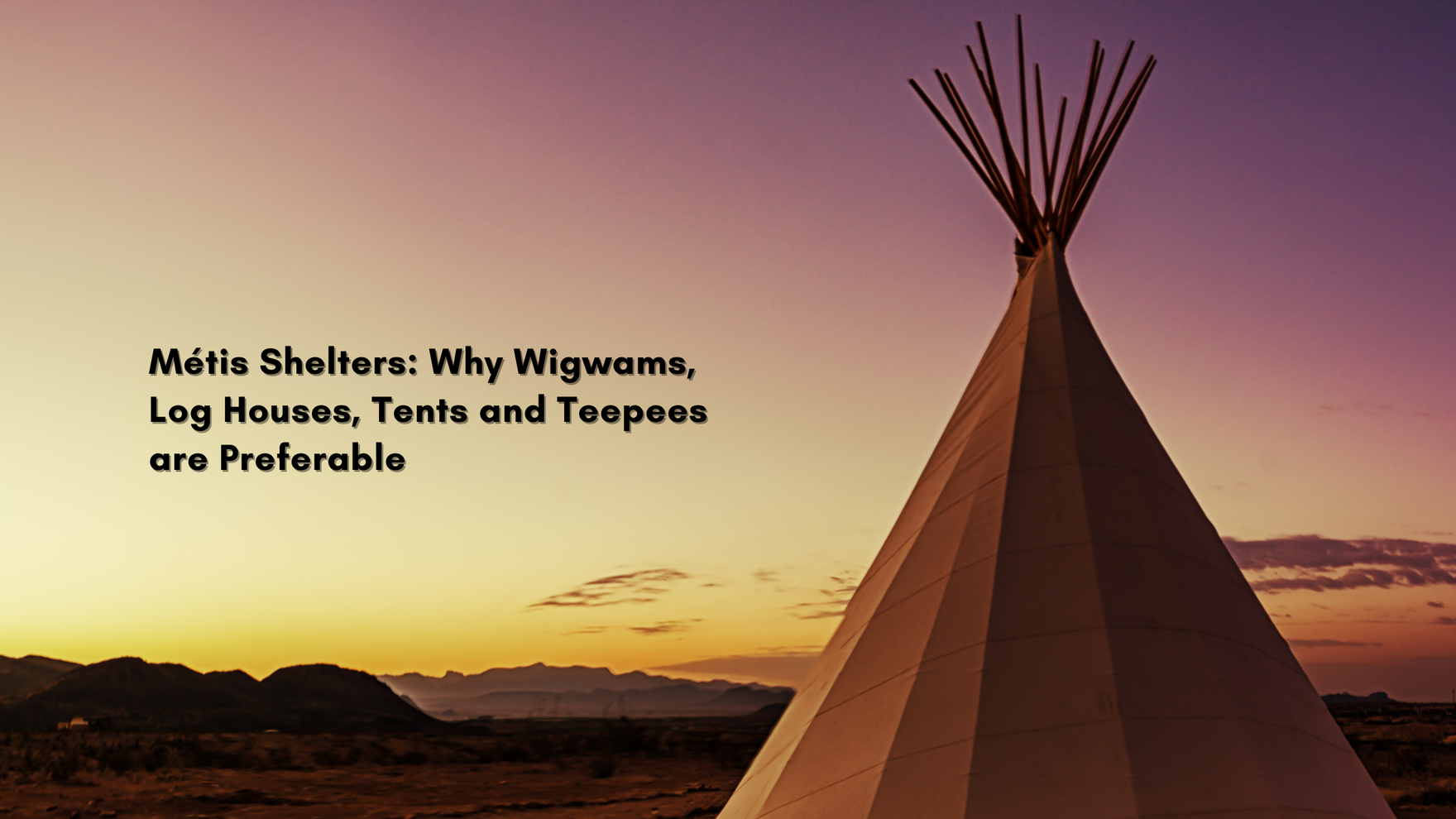The Métis, a distinct group of people who were born from the union between European settlers and Indigenous people, relied heavily on animal fur trading for their livelihood. As such, having access to shelters that were easy to set up and take down was essential for their way of life. This article will explore the most common types of shelter used by the Métis – wigwams, log houses, tents and teepees – and why they are preferable for frequent fur traders.
Wigwams
The wigwam is an iconic structure typically associated with Indigenous tribes. It is made from wooden poles that are bent into an arch shape and then covered with sheets of birchbark or animal hide. Wigwams had several advantages; they were relatively easy to construct since the main materials could be obtained in the area where they were built; they provided adequate protection from the elements; and they could be quickly dismantled if needed. For these reasons, wigwams were a popular shelter choice among the Métis.
Log Houses
Log houses were also a staple among the Métis – especially after Europeans began settling in large numbers in Canada during the 1700s. Log houses could be constructed very quickly because all that was required was felled trees which could easily be found in abundance nearby. The logs would then be interlocked together using notches at each end which created a sturdy house frame that was resistant to harsh weather conditions like snowstorms or high winds. In addition to being durable, log houses also provided better insulation than other types of shelters like tents or tepees making them ideal homes for families living in colder climates.
Tents & Teepees
Tents and tepees are both portable structures that can be set up quickly without requiring much effort or resources. Tepees are cone-shaped structures made from wooden poles covered with animal hide or canvas while tents usually consist of two layers – an outer layer made from waterproof material like canvas or nylon and an inner layer made from breathable fabric like cotton or silk – allowing them to provide protection against rain as well as adequate ventilation during warmer months. Both tepees and tents have been used by the Métis as temporary dwellings when travelling long distances for fur trading purposes due to their portability and quick setup times.
The Métis relied heavily on fur trading for their livelihoods so having access to shelters that could easily be set up and taken down was essential for their way of life. Wigwams, log houses, tents and teepees all served this purpose well due to their durability, portability and ability to provide adequate protection against harsh weather conditions while being relatively easy to construct using local materials found in abundance nearby where they were built. For these reasons, these four types of shelters have been the most popular among the Métis throughout history making them preferable choices when it comes time to find shelter on-the-go!

